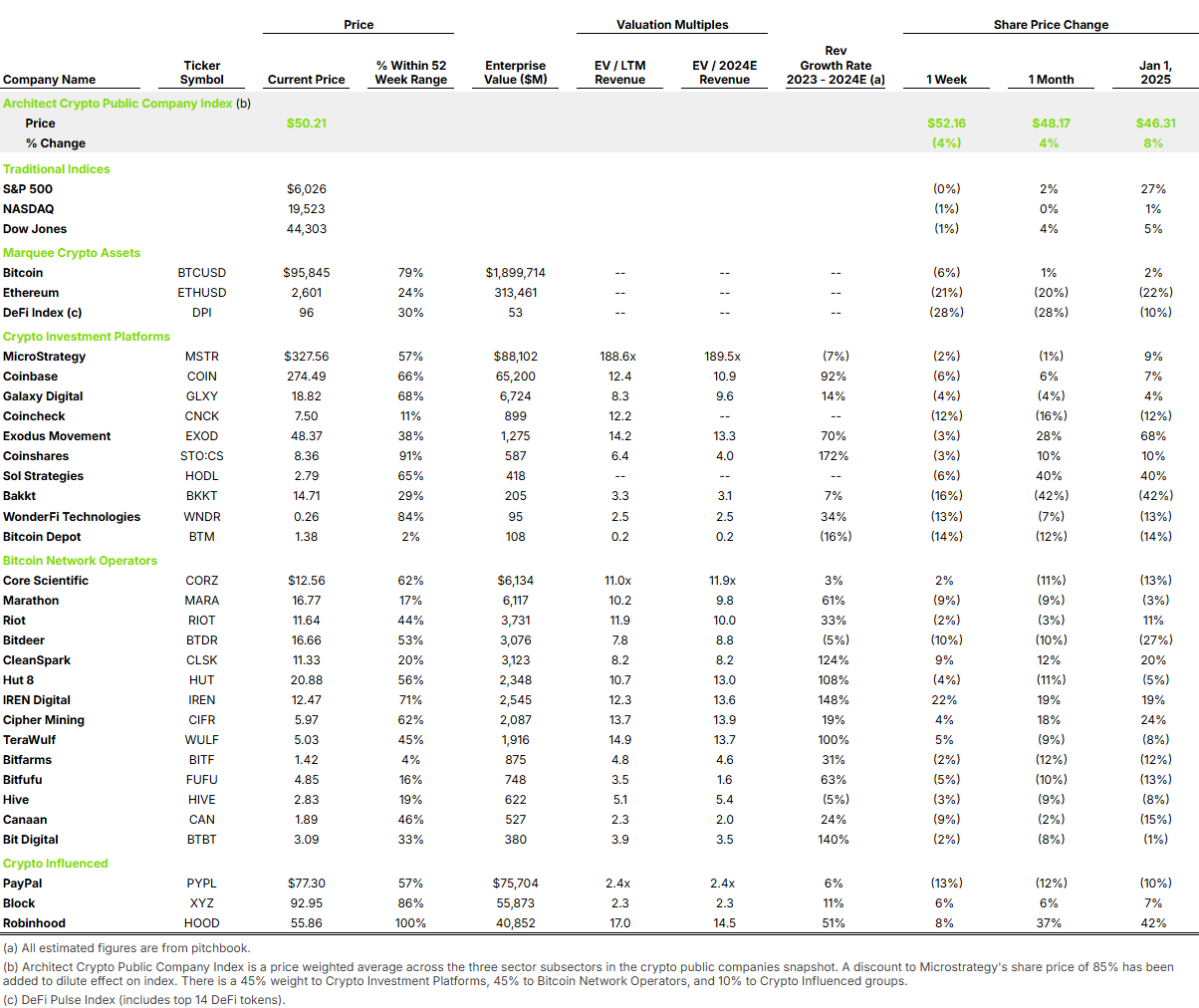The U.S. and Crypto relationship continued its complete reversal this week with another onslaught of announcements, including:
Crypto Czar David Sacks & Congressional leaders announced their goal of “ensuring American dominance in digital assets” and “creating a Golden Age” (14 minute mark start).
SEC Commissioner Hester Peirce outlined the Crypto Task Force’s 10 priorities.
CFTC Acting Chair Caroline Pham declared they “will stop regulation by enforcement”.
Senate proposed legislation to create a framework for stablecoins called the GENIUS Act (Guiding and Establishing National Innovation for US Stablecoins).
FDIC released 790 pages related to Operation Chokepoint 2.0.
Anchorage CEO Nathan McCauley testified before the Senate Banking Committee on debanking – “The irony of having trouble accessing the federal banking system despite the fact that we are ourselves a federally chartered bank cannot be overstated.”
This is the welcoming environment that innovators expect from the U.S., and this new era of all-encompassing, vocal support for our industry feels surreal and almost truly unbelievable.
One of the innovations that Crypto revolutionized is 24x7x365 access to the crypto and digital asset class. Crypto is accessible for all 8,760 hours a year. In contrast, U.S. Equity Markets are officially open for ~1,600 hours a year or ~18%. This week, CBOE announced their plans to offer 24-hour, five-days-a-week (24×5) trading for U.S. equities on its Cboe EDGX Equities Exchange (EDGX) or ~6,200 hours a year. The technology and skill sets have existed for years, so why now?
The reason is that crypto’s always-open markets are pushing traditional markets to step up their game. While I’m not a fan of this particular use case, I remain a believer in experimentation and allowing open markets to determine long-term viability. The launch of the $TRUMP token showcased the resilience and high-functioning capabilities of crypto’s 24/7/365 market infrastructure. The token debuted early Saturday morning of MLK weekend, ahead of a presidential inauguration, and quickly surged to over $10 billion in market cap—sparking a memecoin frenzy before eventually fizzling out. And yet, the market functioned as expected, with no trade errors, halts, or lawsuits (at least, not yet).
Having spent my entire pre-crypto career in capital markets, I’m still amazed that statements like this can be made—because operating fair and orderly markets in global, hyper-volatile environments is incredibly difficult. Yet, crypto’s market infrastructure continues to challenge traditional markets to improve how they operate.
I’ve long said that blockchain will be more impactful to human society than the internet, as its technology has the potential to enhance all facets of life—not just capital markets.
Now that our industry has the clear support of the U.S. government, we have no more excuses. It’s time to deliver on the promises we’ve been excoriated for over the years.
We stand on the precipice of the Golden Age of Digital Assets, and the responsibility to get there rests on us.
